Research to Practice, Practice to Research
STEM Learning Ecologies
Relevant, Responsive, and Connected
Connected Science Learning March 2016 (Volume 1, Issue 1)
By Bronwyn Bevan
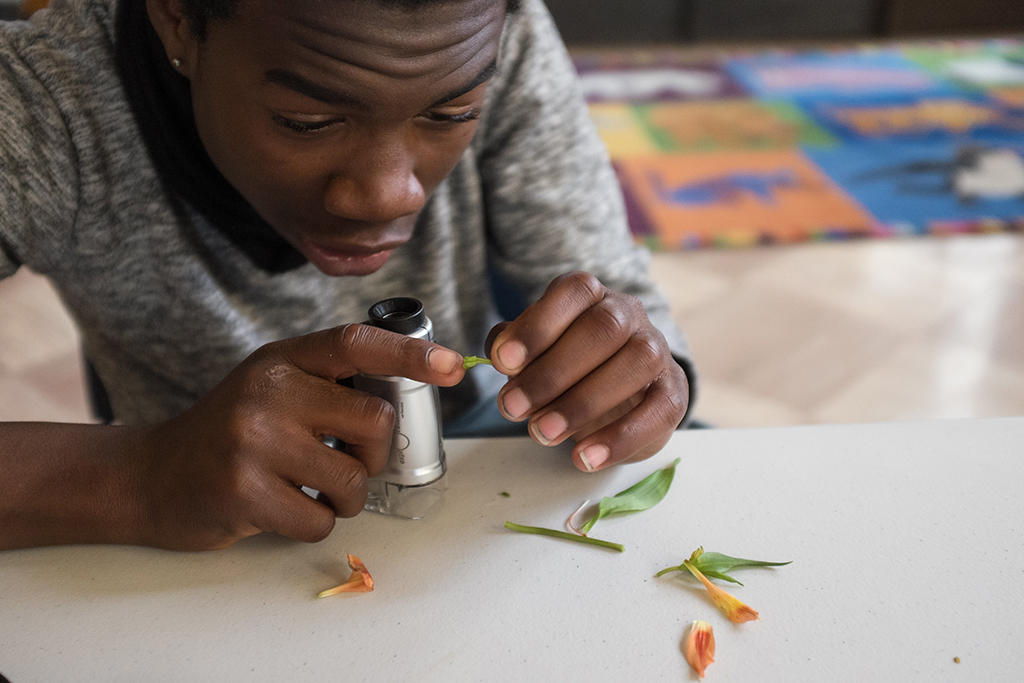
The science education community is buzzing about STEM learning ecosystems, ecologies of learning, and ecological perspectives on learning. You may not know it, but if your teaching involves building on young people’s prior knowledge or making connections between the science curriculum and science in the broader world, your work may already reflect aspects of ecological learning theories.
At the heart of an ecological perspective on learning is the need to make connections across formal, informal, and everyday learning. So, what are STEM learning ecologies all about, and how can science educators build on what they are already doing to support the development of robust ecologies? In this article, we’ll share some of the research and theory underpinning ecological approaches to science learning and explore what they mean for practice.
What Is a Learning Ecology?
Ecological theories of learning are based on the idea that learning develops over time and in multiple settings. Learning opportunities are made possible and shaped by the learning ecology that one inhabits. A learning ecology is the physical, social, and cultural context in which learning takes place. Like natural ecosystems, learning ecologies (see Figure 1) have physical dimensions, which may or may not include easy access to nature, science museums, or advanced science programs or internships. But we are less used to thinking about the sociocultural dimensions of ecologies. Imagine the ecology of your workplace. It has physicality (e.g., geographic location, objects such as desks or exhibits, Smartboards or theaters, people), but it also has a history. There are people in it who have distinct and interacting functions. There is an institutional culture that shapes goals and social interactions. The system evolves over time, but it is characterized by overall equilibrium and stability (even if stability means constant change). What you can accomplish at work is fundamentally shaped by the larger sociocultural ecology of your workplace.
Figure 1
Learning ecology model
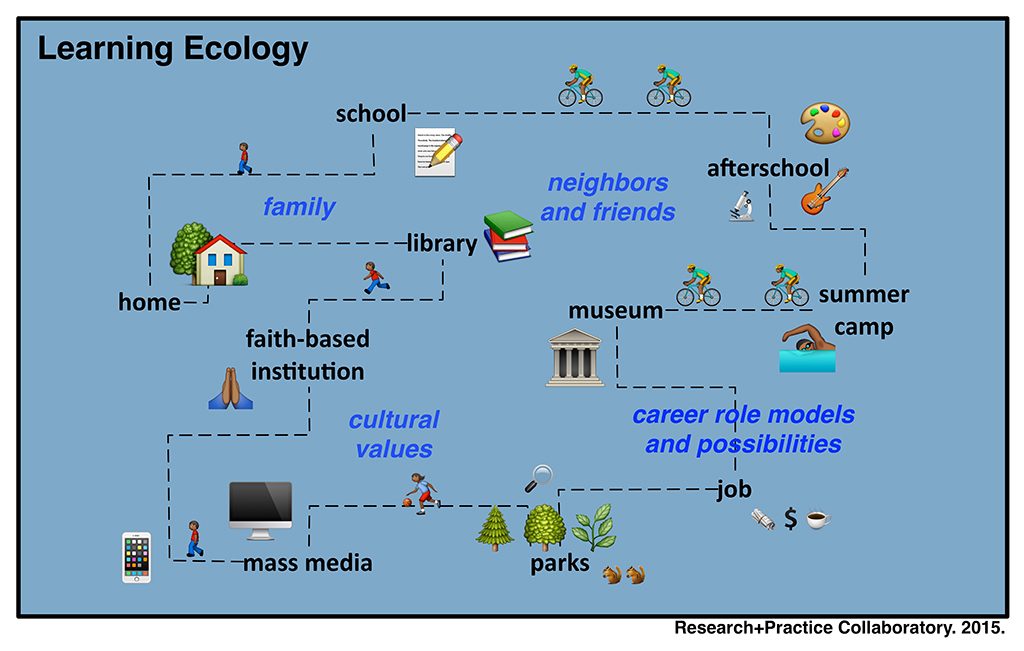
Learning ecologies are similar; they are the contexts—the physical settings, social interactions, value systems, and histories—in which young people learn over time, across both the day and the lifespan. Robust science learning ecologies, like their counterparts in nature, are characterized by diversity, redundancy, and local adaptations. There are many opportunities for learners to develop and deepen their relationship with science. This means that a robust science learning ecology contains a wide variety of programs, across a range of institutions and places, allowing youth different and multiple ways to engage with STEM (see Figure 2). Students take increasing levels of ownership over their own learning as they grow older and gain more experience. A number of collaborative partnerships and networks are being created to optimize opportunities across a range of institutions and organizations, such as HIVE NYC, YouMedia, Synergies, and Maine Mathematics and Science Alliance (Bevan et al. 2010; Traphagan and Traill 2014).
Figure 2
Examples of physical locations in learning ecologies
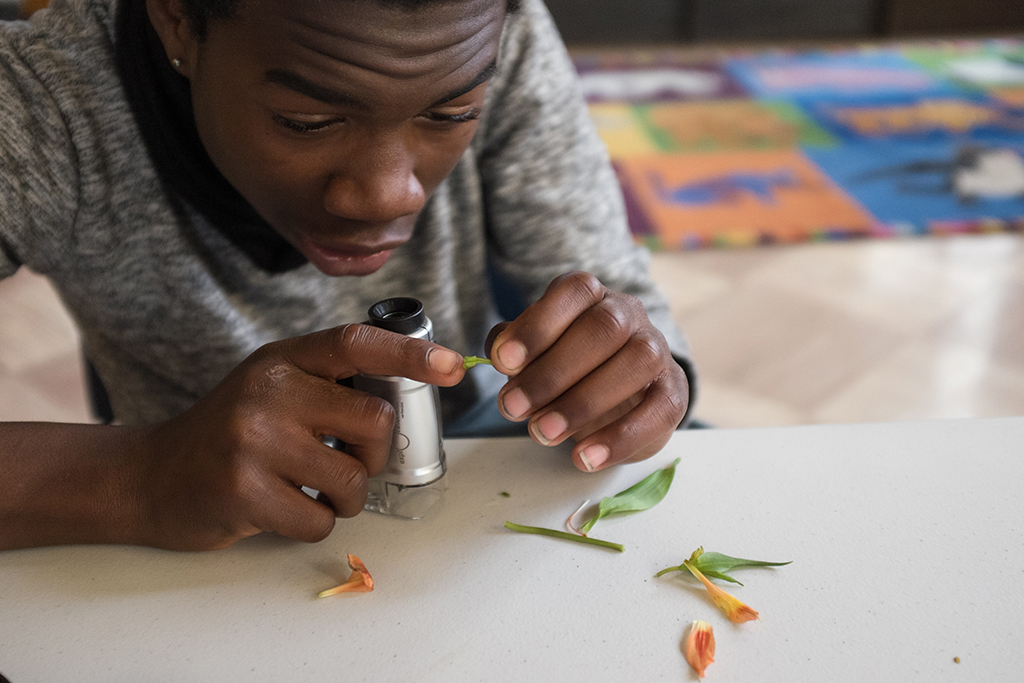
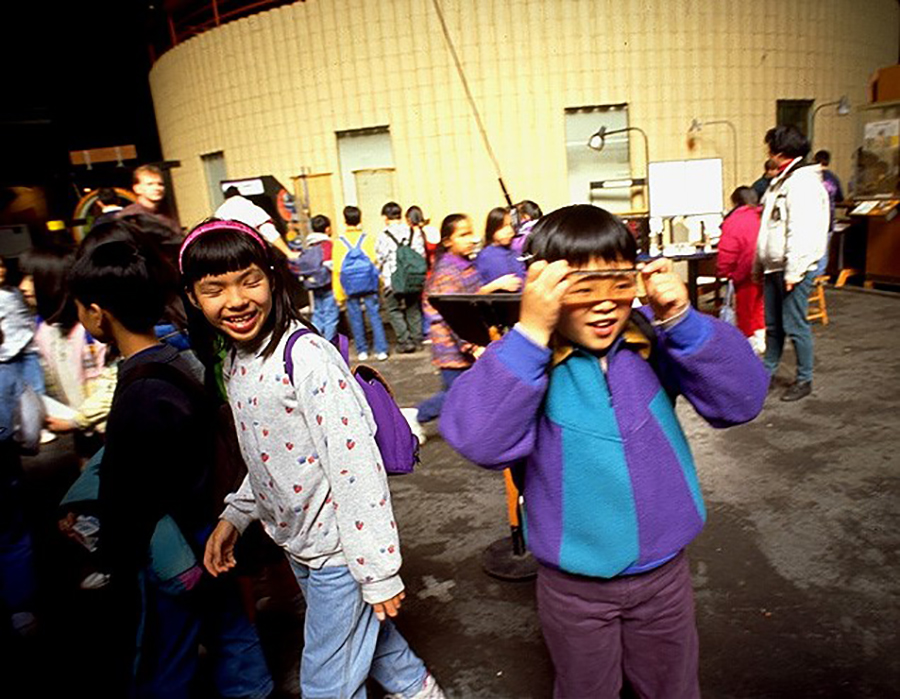
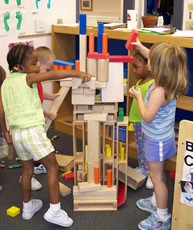
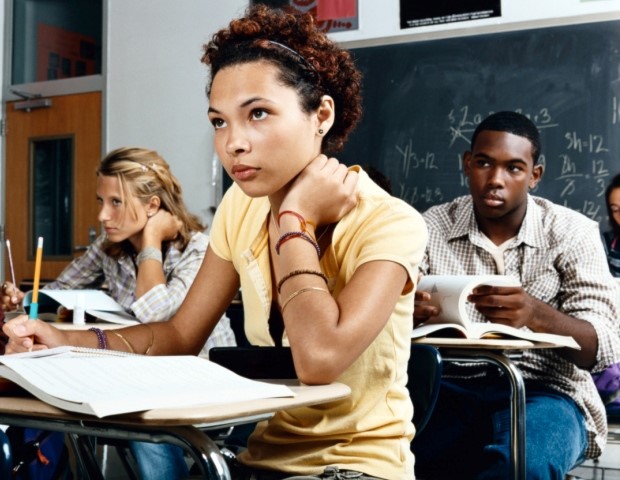
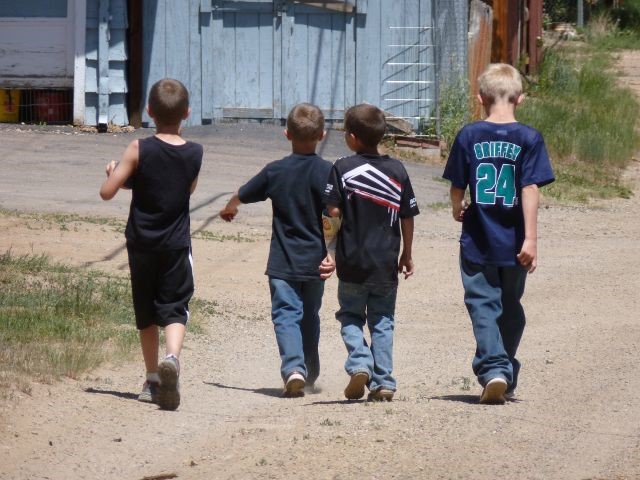
Theoretical Foundations
Social Systems
Ecological perspectives on human development were first advanced more than 75 years ago by Kurt Lewin and later by Urie Bronfenbrenner, a psychologist at Cornell University. The latter’s bioecological model informed a number of quantitative studies showing that an individual’s developmental outcomes (e.g., the quality of physical and mental health) are directly impacted by activities, policies, and events (e.g., educational policies created by state governments, hiring and instructional practices at local colleges of education) taking place within a larger social ecology (Bronfenbrenner 1979). These different physical settings are conceptualized within a set of nested “systems” (see Figure 3), ranging from the immediate context in which children engage with their physical and social world (“microsystem”) to larger systems (e.g., macrosystem, chronosystem) involving policy, culture, and even history that indirectly and directly shape the possibilities for engagement. These studies highlight the primacy of strong and supportive social relationships between children and caring adults, and how communities could organize—by building and shaping physical resources, such as after-school programs or STEM-focused schools—to support them. The Head Start Program, which provided preschool enrichment programs for young people from low-income communities, was created, in part, based on this research.
Ecological perspectives have informed longitudinal studies demonstrating how young people develop interest, capacities, and commitments to a field or discipline across time (Barron 2006). Importantly, research has found that children’s interests are context-dependent and can fluctuate (Azevedo 2011). In other words, it is not the case that once interested in science one is on a linear path toward a science career. It is not even the case that a young person who is deeply interested in a topic, such as reptiles or the chemistry of perfumers, will necessarily identify as being interested in science (Bell et al. 2012; Barton and Yang 2000). Thus, ecological perspectives call for more intentional nurturing and brokering, at the level of organizations or communities, of children’s interests across the broader learning ecology. For example, teachers who are aware of a young person’s interest in animal life can let that child and her parents know about summer camps or internships at local zoos or nature centers. Moreover, they can reach out to leadership of the internship programs to let them know about young people who might be good candidates for recruitment. Zoo educators can then make sure that participating youth are aware of the kinds of academic and career pathways, as well as STEM content and practices in school, that they might choose in pursuit of their passion for working with animals. Most current policy and funding efforts focus on brokering connections across physical places or opportunities, perhaps because such connections are more easily assessed.
Figure 3
Bronfebrenner’s Bioecological Model
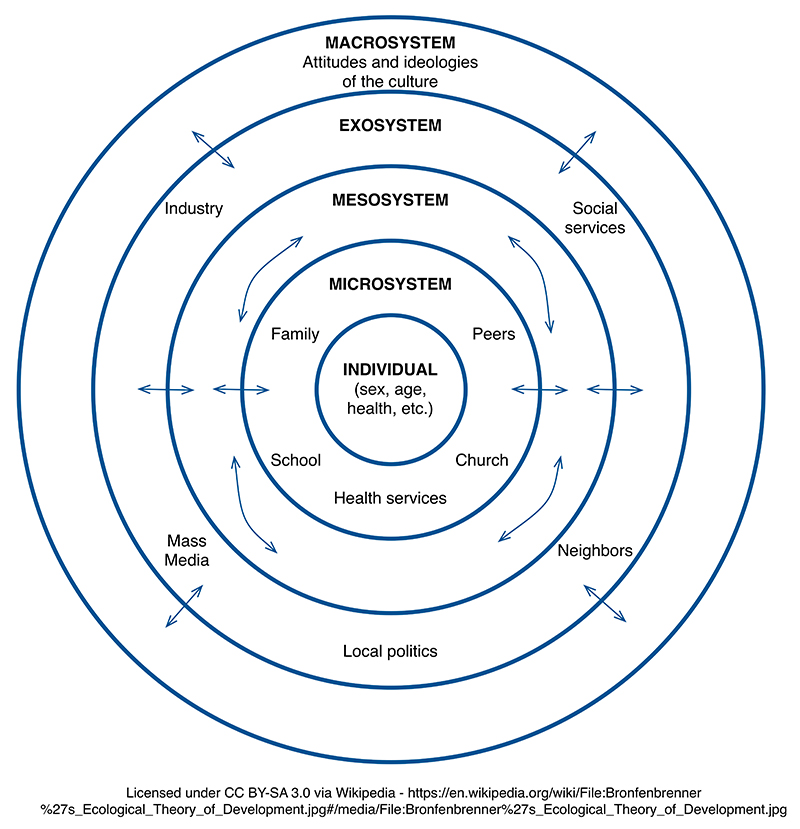
Social Interactions
At the level of social interactions, ecological perspectives relate to a branch of cultural-historical theory known as funds of knowledge (Moll and Greenberg 1990). In this view, cultural resources (e.g., language, social practices) are the means by which we engage with the world. We are used to thinking about language, numbers, and other types of symbols as a primary means for learning. It may be obvious that symbolic systems such as language have evolved precisely to assist this engagement; it is also obvious that these systems vary across cultures. What may be less evident is that language and symbolic systems are just one kind of cultural resource that assists learning. Social patterns of interactions have also evolved to assist learning, and these too vary across cultures. How conversation is conducted, who speaks and who listens, may vary culturally. How knowledge is produced, collaboratively or individually, and how it is represented may vary culturally. For example, studies have found that in Latin American countries, science museum visitors are more likely to attend in big groups, and exhibits need to be designed to accommodate large, multigenerational group interaction. This is less true in European science museums, where learners may be more inclined to engage with exhibits alone or in smaller groups (Duensing 2006). Some cultures value individual achievement, whereas others stress more cooperative group efforts, viewing claims of individual achievement as less socially acceptable (Billing et al. 2014). Understanding how children have been culturally prepared to engage in learning can help educators, in school and out of school, respond to this preparation and use it for leverage.
Research on the funds of knowledge theory investigates how children’s learning is advanced when their full set of cultural resources are recognized and positioned as the means for engaging in learning activities. For example, children may engage in sophisticated statistical work while tracking basketball games. How can these mathematical practices be used in the classroom (Nasir 2000)? Children’s video-gaming skills and interests can be used in research and communication of project-based work in informal or formal settings (Barron, Wise, and Martin 2012). An ecological perspective attends to the ways in which learners’ funds of knowledge are developed and deployed across settings and time, supporting young people in a way that makes use of these cultural resources as tools for productive engagement. Although always key to teaching and learning, this perspective becomes crucially important when educators come from different cultural backgrounds and may not recognize the cultural resources children bring with them to these settings.
Social Networks
Connected learning is a body of research that in many ways brings these perspectives together (Ito et al. 2012). It argues for designing activities that position young people’s interests and cultural practices as building blocks or assets for learning and for intentional coordination across institutions. For example, the HIVE NYC Learning Network links 56 informal learning organizations, including museums, schools, libraries, and other nonprofit education organizations that provide youth with interest-driven digital learning opportunities (Ching et al. 2015). Organizations meet to learn about what each offers, how they complement and supplement, and how to identify possible “learning pathways” that they can actively encourage youth to pursue, matching youth interests to the availability of programs.
Becoming aware of where young people can expand their interests allows educators in both formal and informal settings to support children’s learning trajectories, encouraging them to develop social networks that can sustain their interests and skills through increasingly challenging work, both in and out of school (Bevan et al. 2015). The HIVE NYC research team, led by Indiana University, collects data about young people’s learning pathways across the network programs and shares this information across the organizations. The project also provides professional-development workshops that assist organizations in developing mechanisms and approaches for brokering students’ learning opportunities. Through this process, the Hive has created a set of resources, including guidelines for how to support network participants learning from one another.
As stated earlier, in addition to school educators helping students identify out-of-school learning opportunities, out-of-school educators can help students make explicit connections to concepts, practices, and academic pathways in school that relate to the interests and expertise they are developing outside of the classroom. For example, many youth programs based at science museums include homework assistance, college visits and college application help, and learning activities or employment responsibilities within the museum. Projects such as the Hive in New York or Synergies in Portland, Oregon, are working across entire metropolitan areas to make these connections and document their outcomes (Falk et al., Forthcoming).
Making Sense of the Buzz
First, because ecological perspectives conceptualize learning as developing across time (throughout the day and across the lifespan) and setting (including formal and informal learning environments), educators in all types of settings need to build on what young people bring to the learning experience—their interests, skills, and personal areas of expertise—and help youth see how their interests can extend into the future. This entails recognizing young people’s interests, supporting them in integrating interests into their learning where possible, and helping them find a way to deepen interests. For example, in a culminating project requiring young people to create and conduct an experimental design, a high school physics teacher in Oakland, California, encouraged a student whose passion was graffiti art to design an experiment that could test different spray-can nozzles. The validity of the experimental design mattered to the young man because the question and outcomes of the study were relevant—had value and use—to him. The teaching was responsive to his interest and identity as a graffiti artist.
There are other ways in which instruction and learning can be made responsive and relevant (see sidebar). For example, in introducing new subject matter or activities, educators can engage students in conversations about what they already know about the ideas or practices, or how these things show up in the world, particularly one that students know or care about. A study by Arena (2012) found that students who played commercial video games set during World War II were more likely to attend and learn World War II history lessons. This work was later extended to investigate how student video games that involved statistics translated to increased learning of statistics in mathematics instruction (Arena and Schwartz 2014). Helping youth find relevance and meaning in the activities draws in students who may not already identify as science enthusiasts.
Second, ecological perspectives require us to understand what other educators are doing, not just down the hallway but also in the community, to help young people navigate opportunities and extend their learning trajectories. Some youth may have families who are well-acquainted with opportunities (e.g., programs, internships, jobs, social networks) that can advance their children’s interests. But many families are unaware of possibilities. About a year ago, I was at a meeting where two professional engineers revealed that until their late 20s, they had been pursuing art degrees and careers, until they realized that they could channel their passion for design into engineering. In some ways, it was just luck that they came to this realization. One is now designing batteries for Tesla and the other is an engineer at Autodesk. Other research has documented how socioeconomic factors may limit parents’ awareness of or access to relevant learning opportunities for their children—ranging from knowing which courses are needed for pursuing particular academic pathways to becoming aware of the availability of productive out-of-school programs (Ito et al. 2012; Falk et al. 2016). Educators who are connected with one another, across institutional settings, are best positioned to help young people and their families make these connections. The NYC HIVE project developed a list of measures educators can take to help broker opportunities for youth, including organizing field trips, helping youth apply or register for programs, and following up with young people after they have left the program or classroom (Ching et al. 2015, p. 7).
Although ecological perspectives center on the learner, they also make us look around to understand what kinds of opportunities are available and who is accessing them. They encourage us to fill in gaps, build resilience through creating both diversity and redundancy, and make intentional connections. In our role as educators, we can make instruction and learning experiences more clearly relevant, responsive, and connected by developing our own social networks and knowledge of other learning opportunities in the community or online. Communities and networks can also take action at the systems level. For example, the Maine Mathematics and Science Alliance has identified individuals who serve as community brokers or “Guides.” The Digital Youth Network is creating online communities to help young people connect to others with shared interests. Educators are also creating programmatic databases such as the Connectory or collaborative social platforms such as iRemix.
The key to creating a vibrant learning ecology is to work across all levels of the ecosystem—with educators, organizations, and policy makers. By coordinating and connecting across the learning ecology, in partnership with youth, their families, and other educators in our communities, we can support powerful STEM learning.
Bronwyn Bevan (bronwynb@uw.edu) is senior research scientist at the University of Washington’s Institute for Science + Math Education in Seattle, Washington.
Research STEM Informal Education

